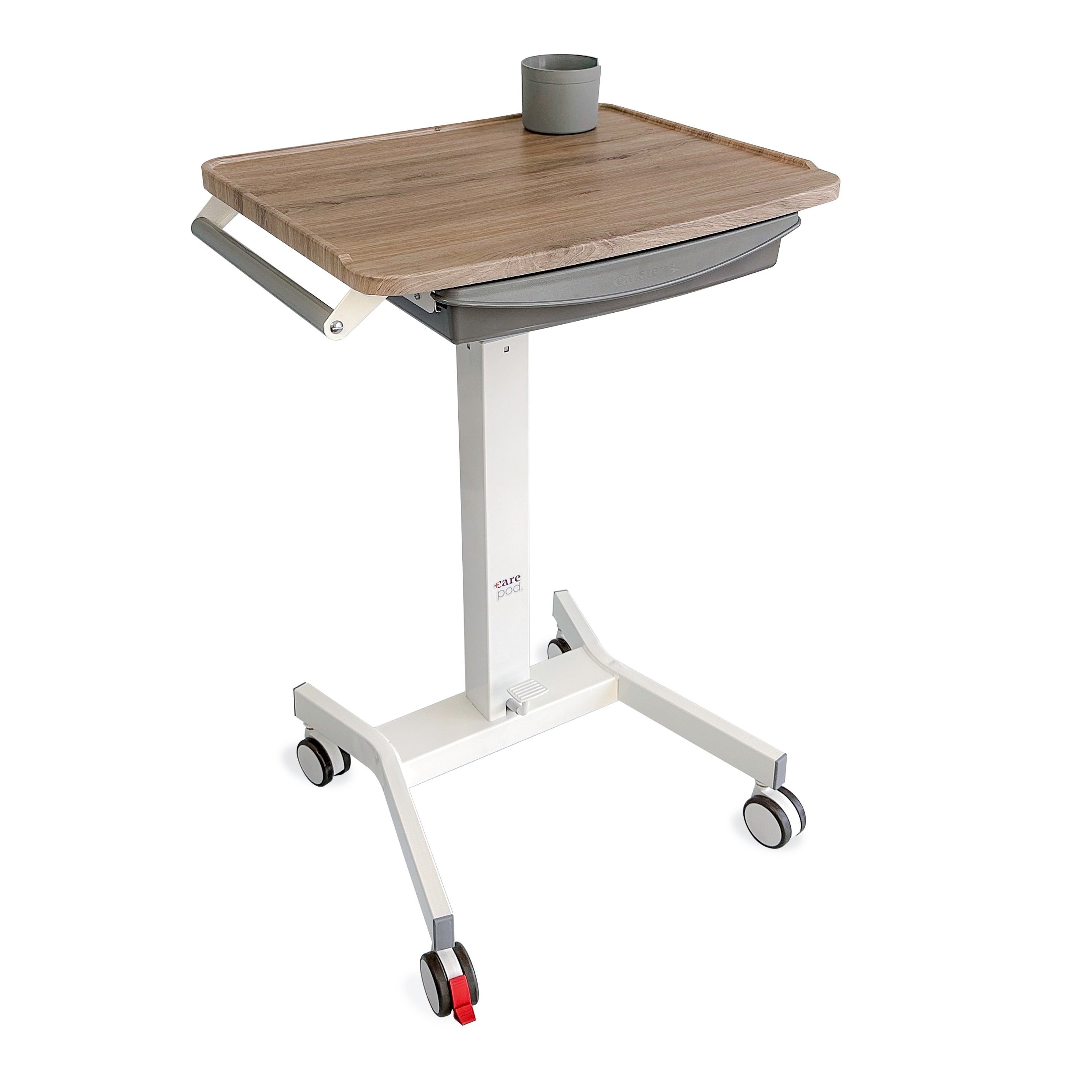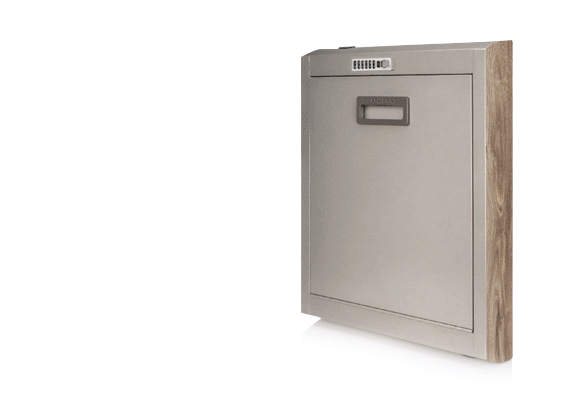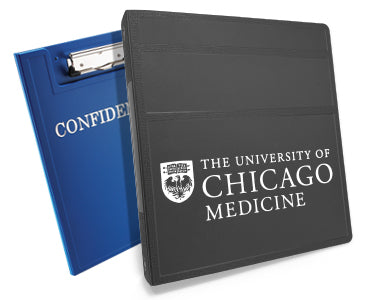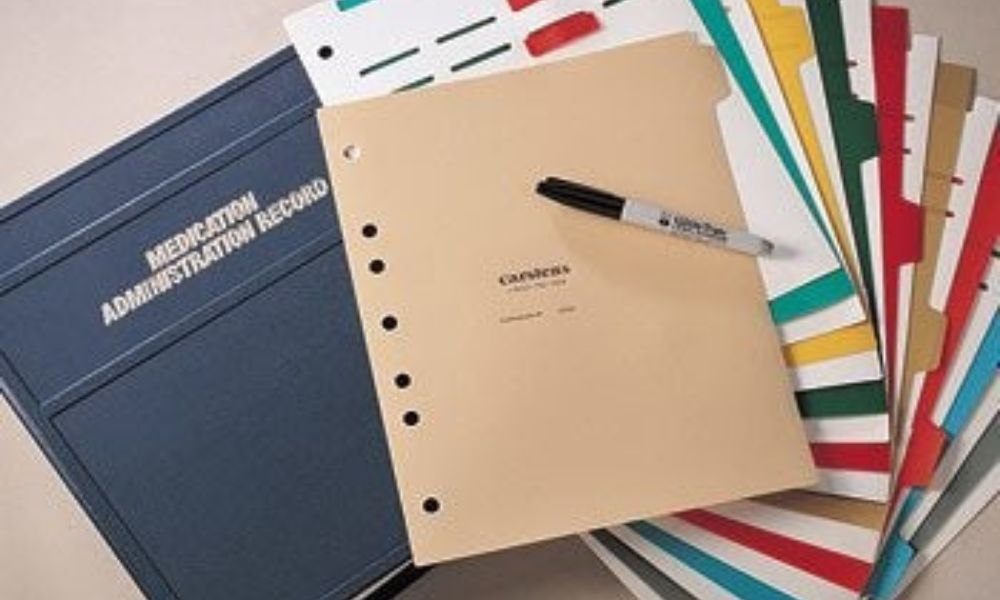Did you know January is often called the “get organized” month? It’s a time when people work on decluttering their homes, offices, and lives—out with the old and in with the new! But how often do you remember to organize your medical documents? Maintaining an efficient and organized medical filing system provides many benefits, from helping your team provide accurate diagnosis and treatment to saving time and resources.
In constantly changing healthcare practices, accessing the correct information is essential. If you want a smoother workload and more efficient workspace, dive into the different types of medical filing systems and explore why having your medical records in order is important.
Types of Medical Filing Systems
From paper records to electronic files, the range of options for managing medical documentation might initially seem overwhelming. However, clearly understanding the different filing systems will help you choose the best option for your needs. Below is a snapshot of the primary types of medical filing systems.
Paper-Based Filing
Despite the shift toward digitalization, paper-based medical filing systems remain in use, especially during EMR or EHR downtime. This traditional method stores medical records in physical folders, typically bearing patients’ names, identification numbers, or color codes for easy reference. A paper backup safeguards against data loss due to unexpected events, such as cyber-attacks, power outages, or natural disasters.
Electronic Medical Records (EMR)
Electronic Medical Records (EMR) software is a popular alternative to paper-based systems, which store patients’ data in digital formats. EMR systems offer numerous advantages, including accessibility from multiple devices, data protection, and quicker information retrieval. Moreover, EMR platforms usually have built-in features to facilitate appointment scheduling, billing, and medication management, improving workflow efficiency.
Electronic Health Records (EHR)
Like EMR systems, Electronic Health Records (EHR) are digital medical platforms that store and manage patient data. However, EHR systems place a stronger emphasis on connectivity and data exchange between different healthcare providers. By consolidating various aspects of patients’ medical histories, EHRs facilitate seamless communication and coordination among care teams, ensuring more accurate and effective treatment plans.
Hybrid Filing Systems
Acknowledging the benefits and drawbacks of paper-based and electronic filing, some healthcare facilities opt for hybrid filing systems. This approach combines the tangible record-keeping aspects of traditional methods with the timesaving and accessibility features of digital platforms. Hybrid systems can be highly customizable, allowing healthcare providers to tailor the filing process to their unique requirements.
The Importance of Organizing Medical Documents
An organized medical filing system is non-negotiable for those managing personal healthcare records and facilities responsible for countless files. Healthcare practitioners can make more effective diagnostic and treatment decisions when the necessary data is available.
With a proper system, you will have the ability to access accurate and comprehensive records promptly. Having up-to-date information allows healthcare professionals to respond to patient needs without unnecessary delays, ensuring timely patient care. A well-arranged filing system simplifies administrative tasks, reducing the time and effort required for information retrieval or documentation, thus optimizing resources.
Tips for Creating an Effective Medical Filing System
Implementing a well-structured medical filing system is essential to boost productivity, guarantee data accuracy, and facilitate swift patient care. Drawing from industry best practices, it’s evident that standardizing naming conventions and establishing robust document control are crucial steps toward developing a dependable and user-friendly system. Implement the following tips to help create a useful filing system for your medical facility.
Standardization
Does your facility have a structured model for file organization? If not, you should consider implementing one. Standardizing your organization’s record creation, storage, retrieval, and disposal processes is crucial. Establishing uniform naming conventions and categorization schemes would be best for quick and easy reference. This structured approach to file management brings about consistency, making it easier for everyone in your organization to locate and retrieve the necessary files swiftly and accurately.
Accessibility
It is imperative that all authorized personnel can readily access it to ensure the effectiveness of your medical filing system. This accessibility streamlines operations and provides rapid information retrieval when necessary. You might consider implementing solutions such as cloud-based storage or shared network drives to achieve this. These platforms offer security and convenience, allowing healthcare professionals to access critical patient data anywhere. Ultimately, this change leads to improved productivity and more timely patient care.
Data Protection
We recommend carrying out secure data security measures to safeguard sensitive patient information. These measures include implementing a robust password protection system, establishing access control, and using advanced encryption methods.
You should also have a physical storage system for your paper documents. We offer locking racks that utilize heavy-duty steel construction and locking mechanisms to provide an incredibly resilient and durable storage solution for sensitive documents.
These racks offer rigorous protection against theft and unauthorized access, and they maintain the integrity of medical records and reduce the risk of damage or loss.
By taking these steps, you ensure the confidentiality and security of critical health records and uphold your institution’s reputation as a trusted, reliable, and industry-leading provider of healthcare support products.
Although January is a “get organized” month, you can improve your facility’s organizational skills and strategies anytime! You will see improvements in your team’s productivity and enhance the quality of patient care. Now that you know about the different types of medical filing systems, you can implement this knowledge into your everyday work life. If you’re searching for an efficient filing system, consider Kardex Visitrays.
This system is a game changer for medical offices that want to stay on top of their document organization. It combines an innovative color-coding system with a transparent sliding tray design. You can easily identify and access the required files by sliding the tray, making it an excellent tool for enhancing your medical office’s productivity.
Navigating the landscape of medical filing systems can be complex, but their benefits are undeniable. Choosing the right approach can significantly enhance healthcare outcomes, whether it’s a traditional paper-based method, an advanced digital platform like EMR or EHR, or a hybrid system combining both.







